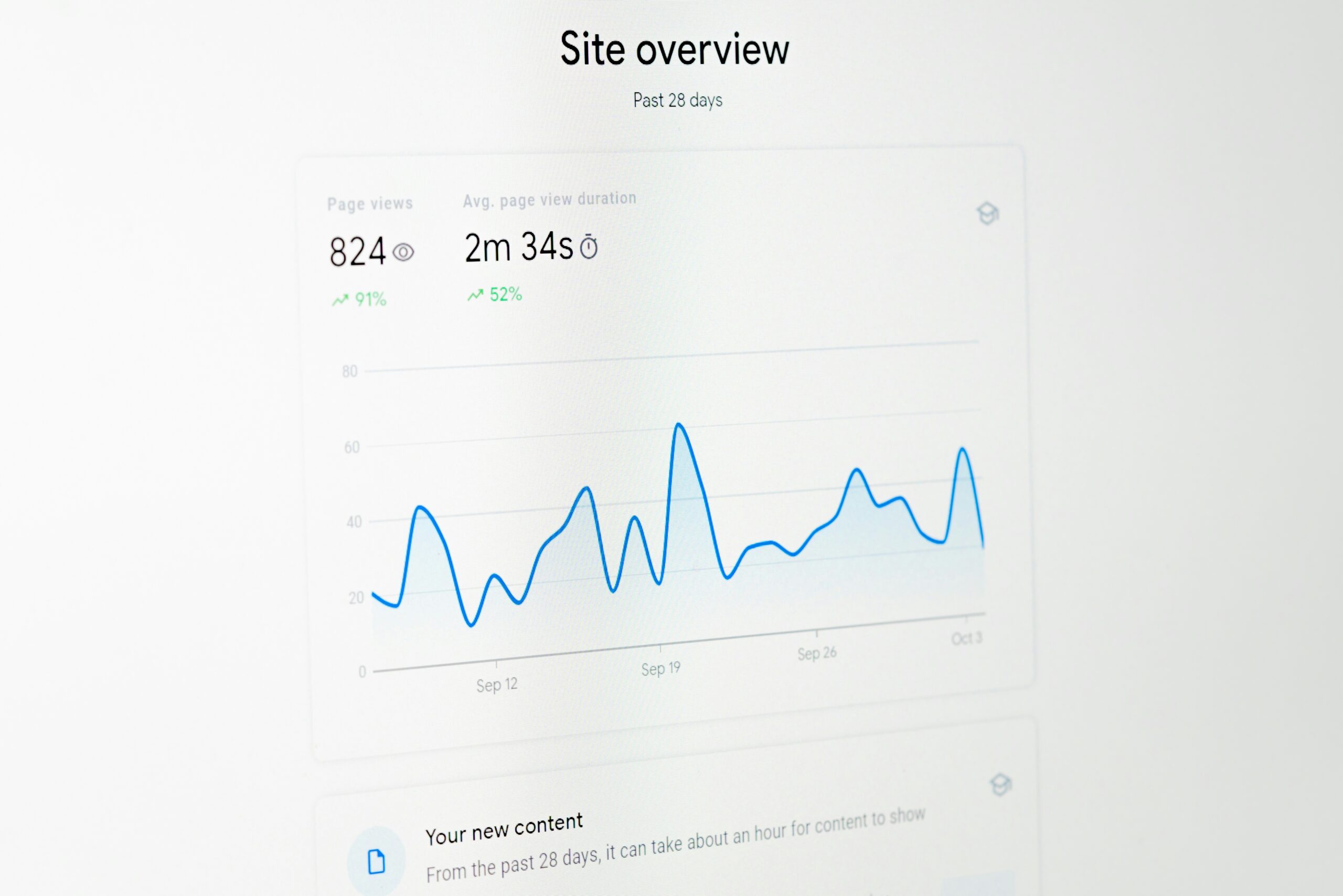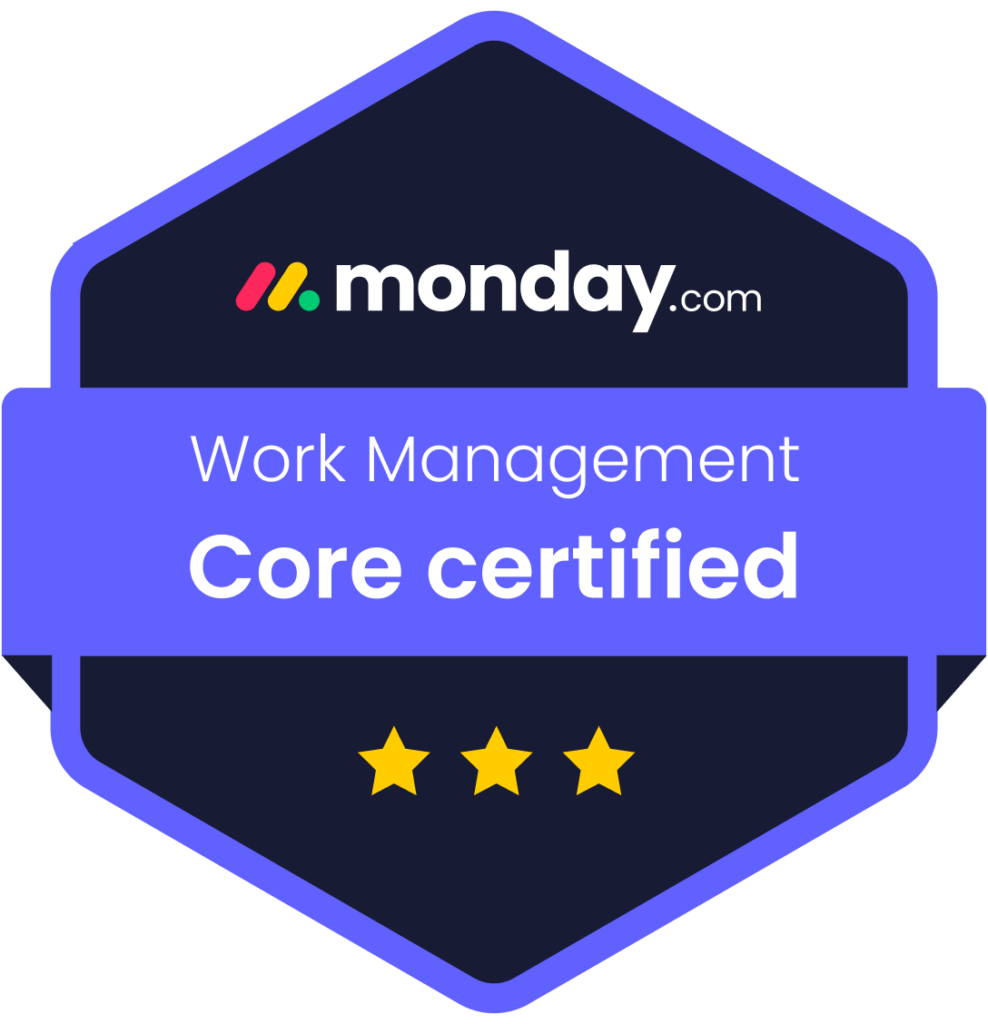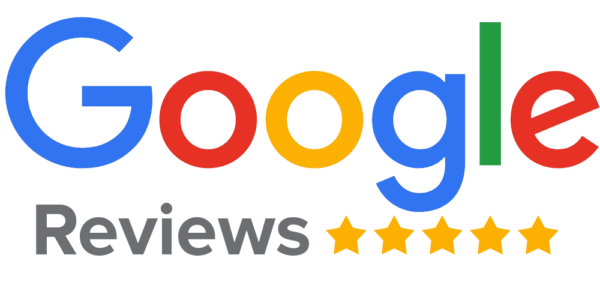As artificial intelligence continues to reshape the digital landscape, traditional search engine optimization (SEO) is evolving. The emergence of large language models (LLMs) like ChatGPT, Gemini, Claude, and others has introduced new paradigms in how users discover information online. This shift has given rise to concepts such as Answer Engine Optimization (AEO), Generative Engine Optimization (GEO), and Large Language Model Optimization (LLMO), all aiming to enhance visibility within AI-generated responses.
In this comprehensive guide, we’ll delve into the intricacies of LLM search ranking, explore its significance, outline key optimization strategies, and highlight how businesses can adapt to this transformative trend.
Understanding LLM Search Ranking
The Evolution from SEO to LLM Optimization
Traditional SEO focuses on optimizing content to rank higher in search engine results pages (SERPs) based on keyword density, backlinks, and technical performance. However, with the rise of LLMs, the focus shifts from indexing to comprehension. LLMs generate responses using vast language data and user intent rather than simply displaying links.
This shift requires content creators to structure their material in a way that these language models can understand, digest, and confidently use in their answers.
The Rise of Zero-Click Searches
One of the biggest impacts of LLMs is the rise of zero-click searches—situations where users receive their answers directly from the search interface without needing to visit a website. With the growing dominance of AI assistants and generative search experiences, businesses must ensure their content is optimized to be cited or featured in these results.
Strategies for Optimizing Content for LLMs
Embrace Semantic Search and User Intent
LLMs prioritize meaning and context over keyword stuffing. To rank in AI-generated responses, businesses must create content that focuses on answering specific user intents with clear, concise, and helpful information. Consider how users phrase queries, especially in conversational form.
Instead of targeting “LLM SEO tips,” a more effective approach might be creating content that answers, “How can I optimize my website for language models?” The shift is subtle but critical for visibility in AI search outputs.
Implement Structured Data and Schema Markup
Structured data helps AI models interpret the context of your content more accurately. Use schema markup to identify and label FAQs, reviews, author information, organization details, product specs, and more. This kind of metadata can significantly increase the chance that your content will be extracted and featured in AI-generated results.
Focus on Authority and Trustworthiness
Language models are trained to prioritize information from authoritative and credible sources. Websites that publish consistently high-quality content, maintain up-to-date information, and receive backlinks from reputable domains are more likely to be cited by LLMs.
Make it a priority to establish your domain as a thought leader in your niche. Guest posts, original research, long-form content, and expert commentary all help build trust signals that language models recognize.
Optimize for Conversational Queries
Most interactions with LLMs involve natural language questions and commands. Create content that mirrors this conversational tone and structure. Including a Frequently Asked Questions (FAQ) section, using simple language, and formatting your content with clear headings and subheadings makes it easier for models to scan and extract relevant information.
Focus on long-tail keywords that resemble real user queries. For example, “What is the best way to rank in LLM search?” will likely have more relevance in an AI context than a short, broad keyword like “LLM ranking.”
Stay Up to Date with Search Trends
LLMs and the technology behind them evolve rapidly. Businesses should stay informed about updates in how search engines like Google, Bing, and emerging AI search tools integrate LLMs into their platforms. Regular audits, industry reports, and analytics reviews help keep your content aligned with the latest ranking behaviors.
SEO for LLMs is not static—it’s a dynamic process of adaptation.
The Role of Emerging Optimization Techniques
Answer Engine Optimization (AEO)
AEO is the practice of optimizing your content to appear as the direct answer to user questions in AI-generated snippets. AEO content is typically concise, accurate, and focused on addressing a specific query in fewer than 50 words.
Creating content in a question-answer format, especially in bullet points or tables, enhances the likelihood of being chosen as a featured response.
Generative Engine Optimization (GEO)
GEO refers to optimization strategies aimed at ensuring content performs well within generative search engines. These platforms don’t simply index pages; they synthesize and rewrite information based on user prompts. To rank in GEO environments, content must be highly accurate, well-structured, and contextually rich.
GEO relies heavily on topical depth. This means having multiple pages covering various aspects of a subject—like LLM SEO, semantic indexing, model preferences, and trust indicators—can give you an edge.
Large Language Model Optimization (LLMO)
LLMO involves tailoring content specifically for large language models, focusing on semantic relevance, clear formatting, structured data, and contextual signals. This includes not only what you say but how you say it: clean HTML, appropriate heading hierarchies, internal linking, and mobile-friendliness all play a role.
If your content lacks clarity or logical flow, LLMs are more likely to skip over it or misinterpret it altogether.
Preparing for the Future of Search
Design for Mobile and Voice Search
Mobile optimization remains a major factor, especially as many users access generative AI tools via smartphones. Speed, responsive design, and simplified navigation directly influence whether your content performs well.
In addition, voice search is growing rapidly—especially on smart devices like Alexa or Google Assistant. Content that includes natural language and targets longer, spoken phrases will naturally rank better in voice-based queries.
Invest in Content That Educates and Solves
The most powerful optimization for LLM search ranking is producing content that answers, solves, or explains something clearly and authoritatively. AI engines aim to serve the best available information to the user—your job is to make your content that source.
This includes:
-
Deep-diving into niche topics others aren’t covering
-
Updating old articles with fresh data and context
-
Offering original insights, examples, or frameworks
-
Avoiding generic, shallow content that lacks substance
Measure AI Visibility Metrics
As LLMs become a common way for users to interact with the web, new types of metrics are emerging. These include:
-
Featured snippet appearances in AI-generated summaries
-
Mentions in AI chat previews
-
Performance in tools like Bing Copilot and Google AI Overviews
-
CTR drops due to zero-click answers
Use analytics platforms that monitor not only traffic but how users are interacting with your content through generative experiences.
Partner with Experts in AI-Driven Search
Mastering LLM search ranking requires expertise in both traditional SEO and the emerging field of AI optimization. At Skyfield Digital, we combine years of search marketing experience with the latest techniques in generative AI visibility.
We understand how LLMs process content and help businesses like yours align their strategy to this new reality. Whether you’re revamping your entire site or optimizing a single service page, our tailored solutions are designed to maximize your search impact—now and into the AI future.












